Borot Lotz hike is a 45 minute drive from Sde Boker and the guesthouse.
Update: before you venture to Borot Lodz, check that the road 171 is open. Due to some important damages to the road, it has been closed in October 2022 until repaired.
How to get there?
You start driving South on road 40 in the direction of Mitzpe Ramon. About 6 km before Mitzpe Ramon, you turn right on road 171.
There is no indication of a road number or a final destination, but you will see on your right, at a distance of about 1500 meters, a complex of grey concrete buildings [Israel’s West Point, Camberly etc.]. That is where you leave road 40. You pass shooting ranges and other odd military structures for a couple of kilometers, a few vineyards on your left and then you drive out into the wilderness.
This is a little-used road, you are unlikely to encounter anyone, except for army vehicles. After around 20 minutes you will see a sign to your right for Borot Lotz, which brings you to a parking area/campground which, unusually, has public toilets. You are now 5 minutes from the Egyptian border.
On a billboard at the center of the camp you will find a map with 4 marked trails of different length and difficulty.
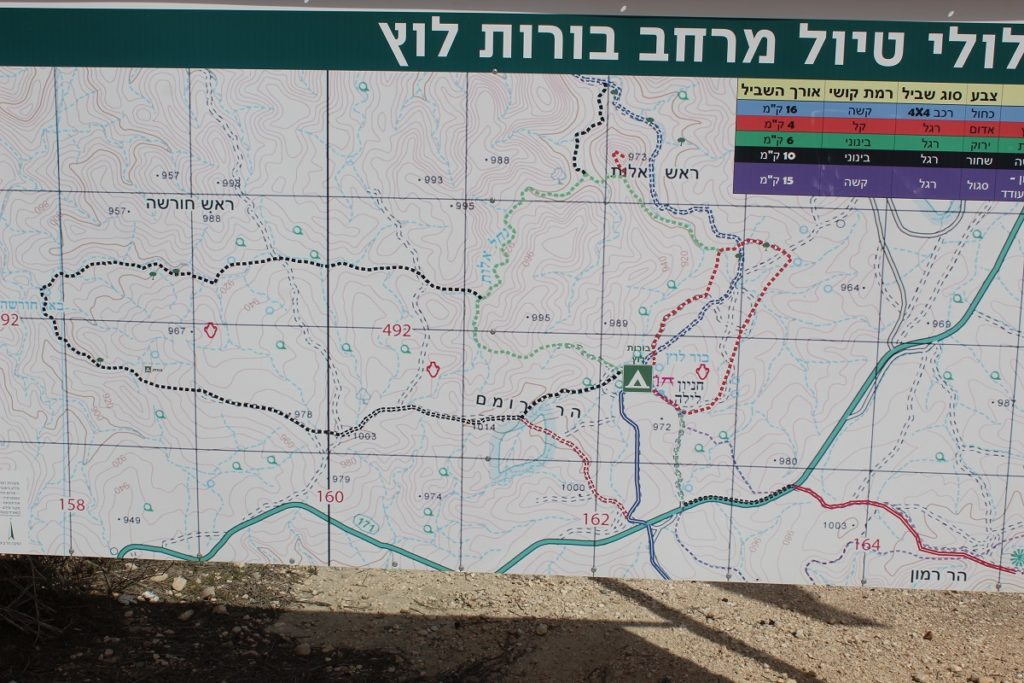
The one you are looking for is the red loop which is about four km; it is easy, suitable for the whole family and full of interest. It takes about 90 minutes, allowing for a bit of dawdling.
What is there to see in Borot Lotz?
What defines Borot Lotz is the complex of cisterns that were carved out of the limestone bedrock during the early bronze age [Canaanite] of which there are seventeen.
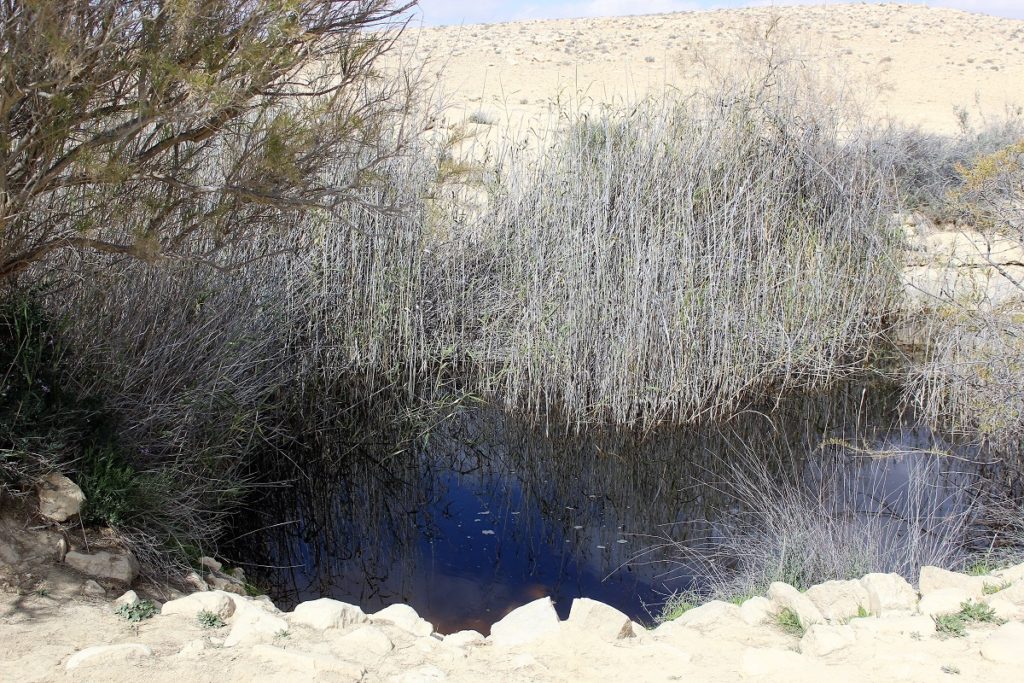

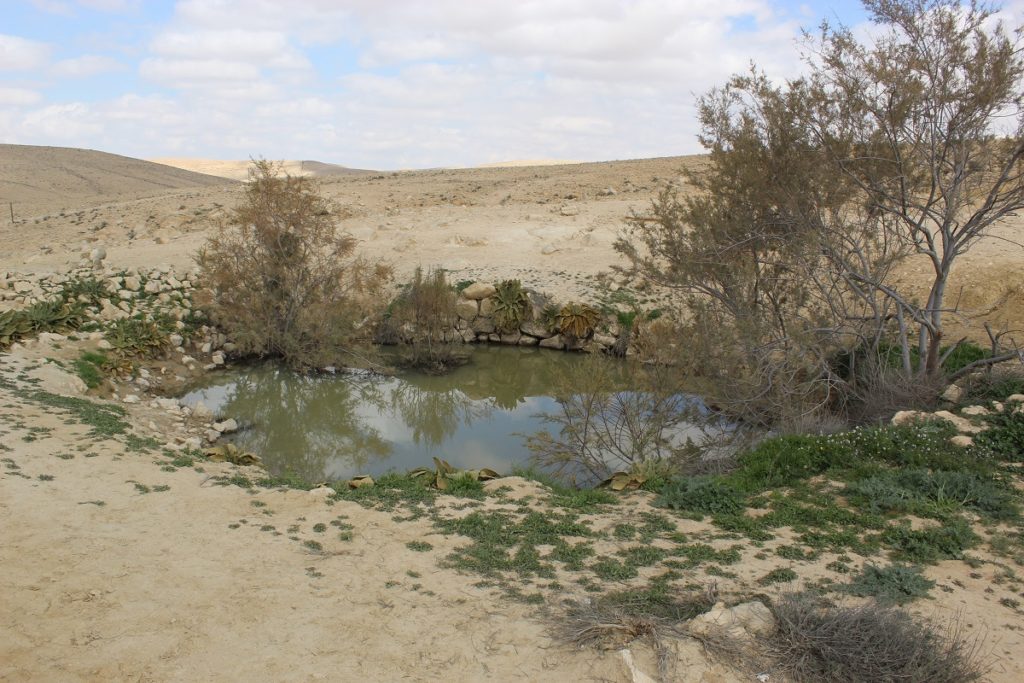
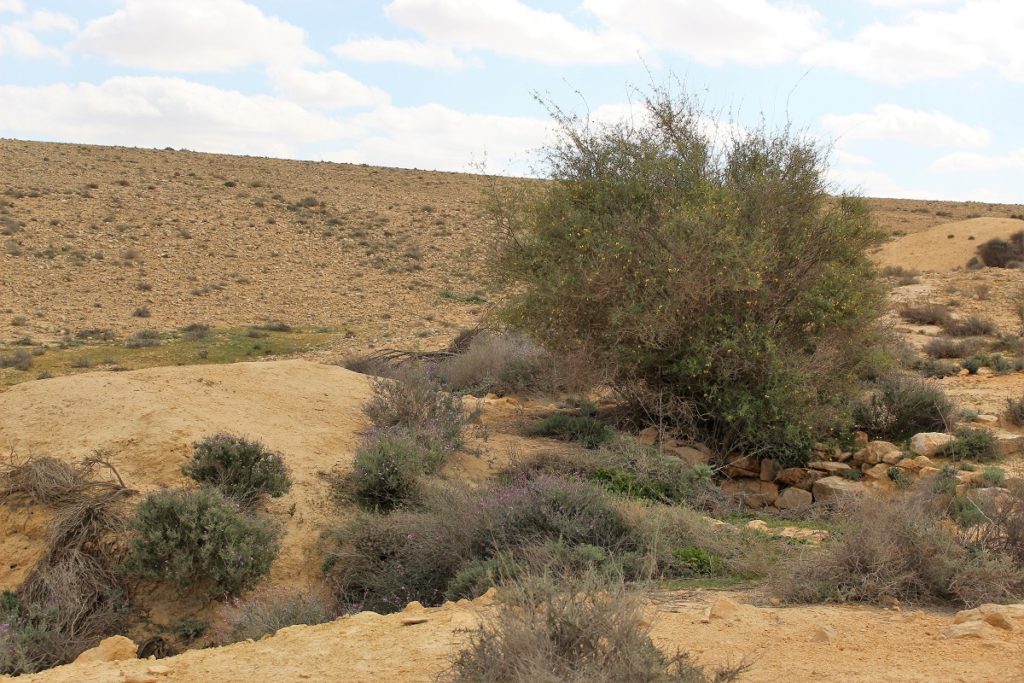
There are also extensive terraces from the same period which suggests a village or cluster of villages of farmers eaking out an existence in this arid place.
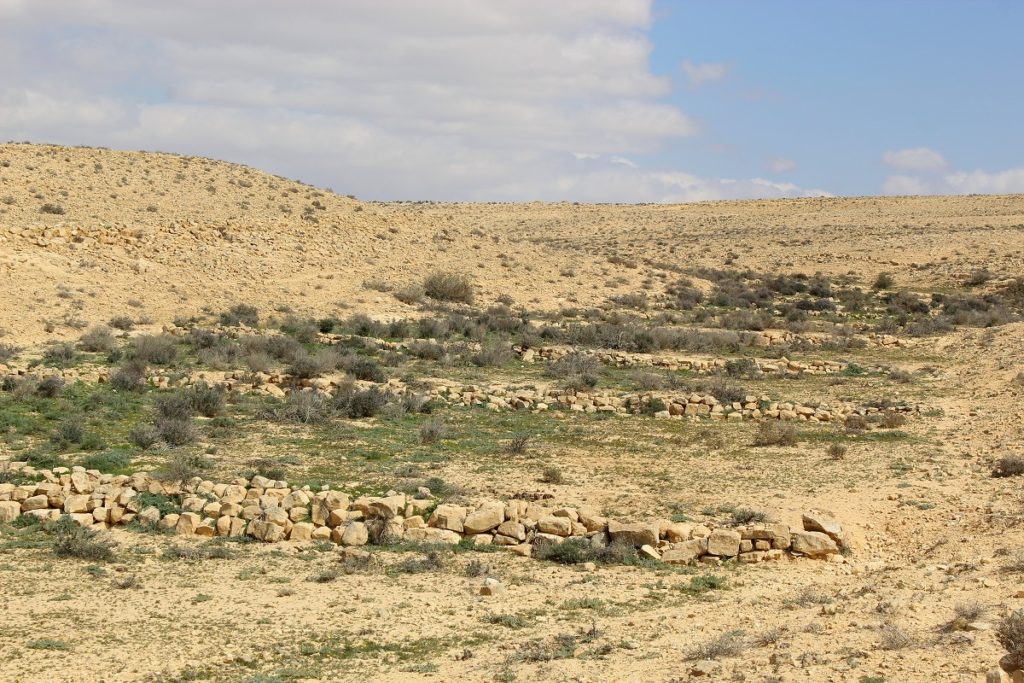
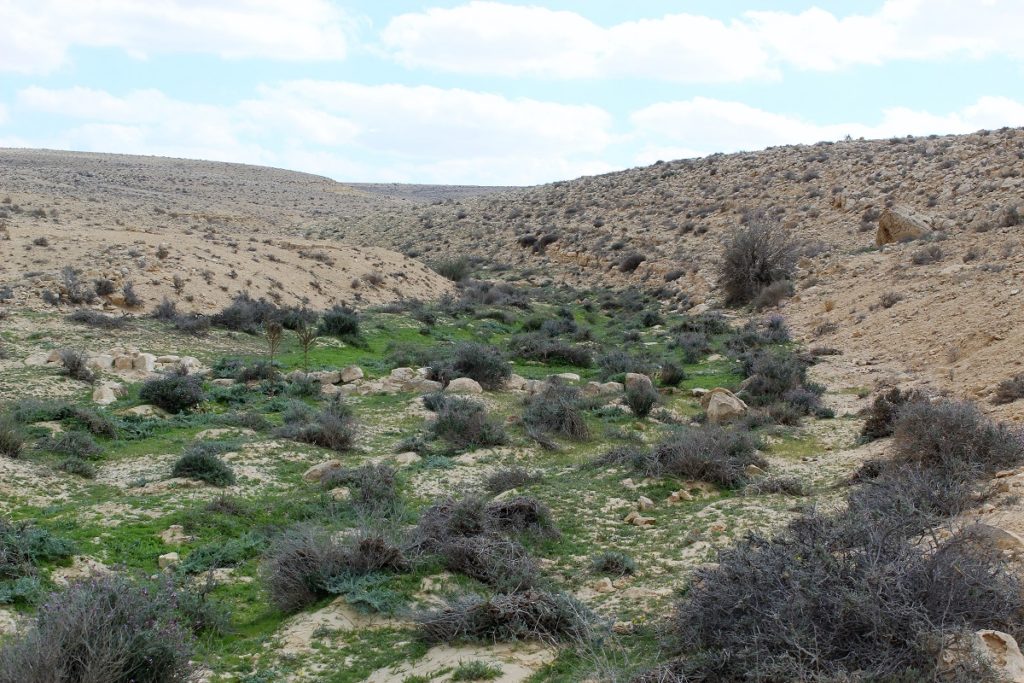
The red loop takes you from cistern to cistern (I counted eight), and although the cisterns have long fallen into disuse, they still attract moisture and fill with water. As a result, trees have sprung up inside them and flowers bloom all around them.
Flowers in Borot Lotz
For this reason the best time of the year to go there is the back end of the wet season between February and April.
It is not like most sites visited for their blooming. You don’t find yourself in a sea of flowers like the red anemones who fill the fields of the Western Negev or the narcissu in Nahal Hatzatz. But what Borot Lotz doesn’t offer in terms of quantity, it more than makes in terms of variety. You don’t see there clusters of flowers but mostly a unique flower of its type, followed a few meters away by a different one. How to better show the harshness and loneliness of ancient desert life.
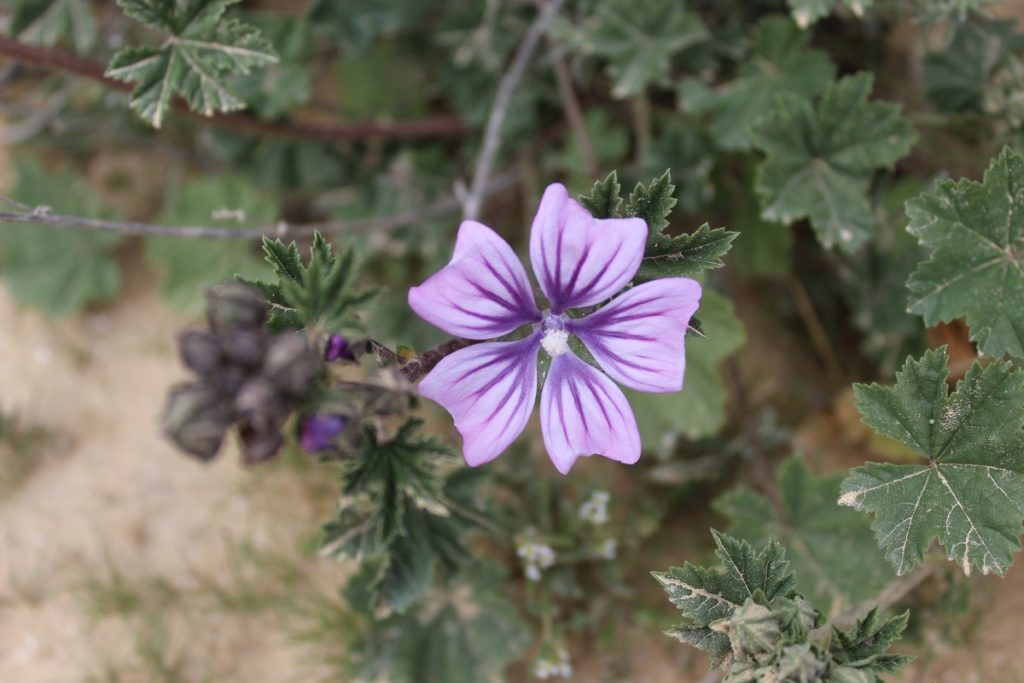
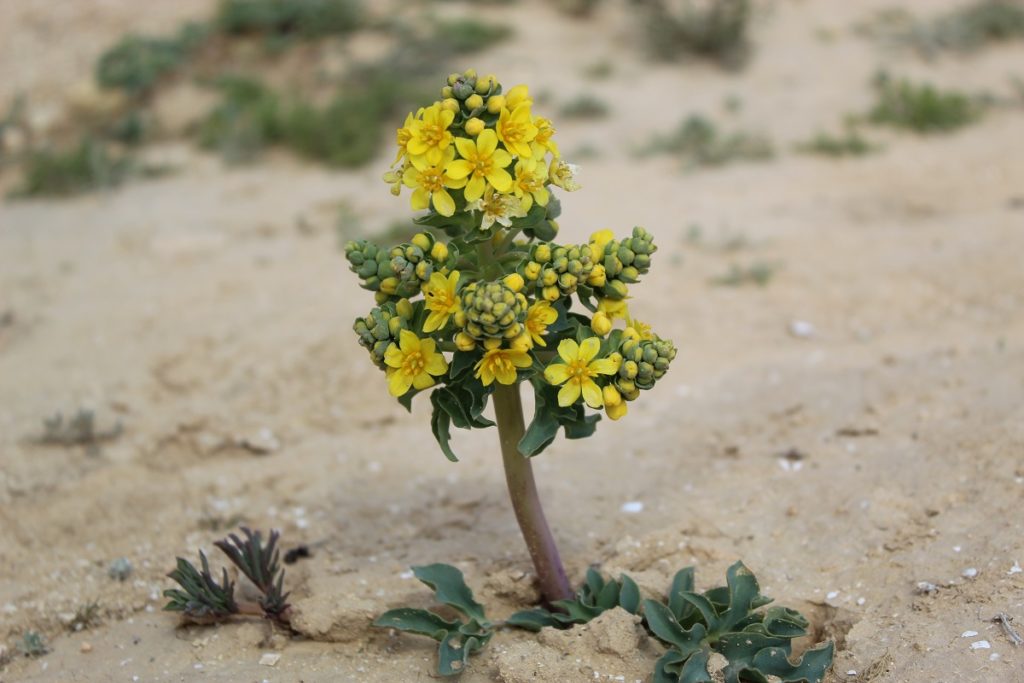
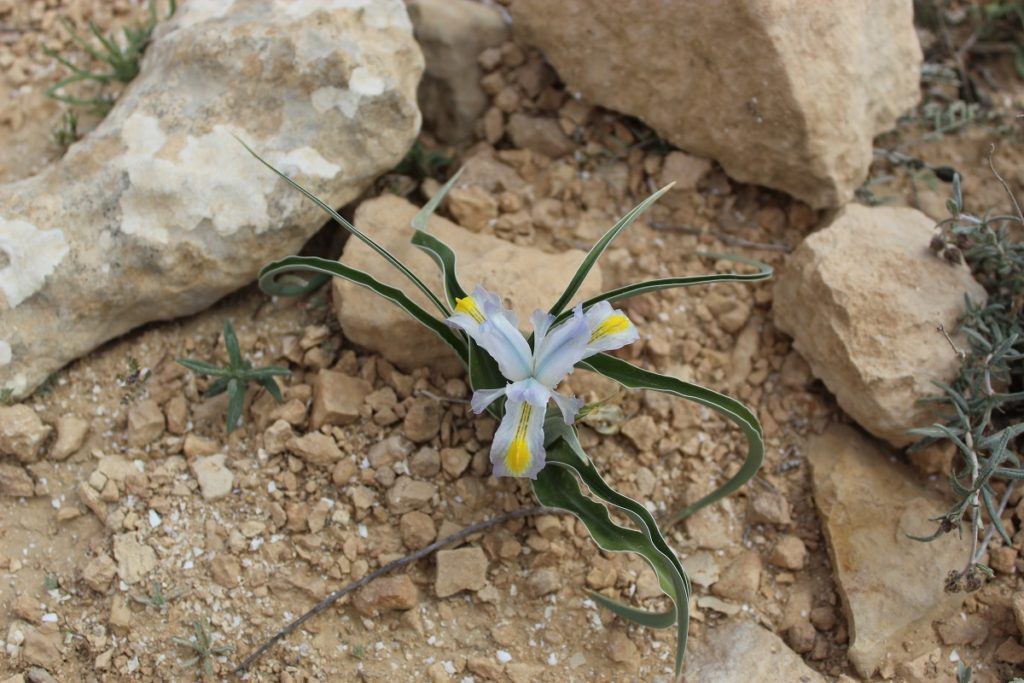
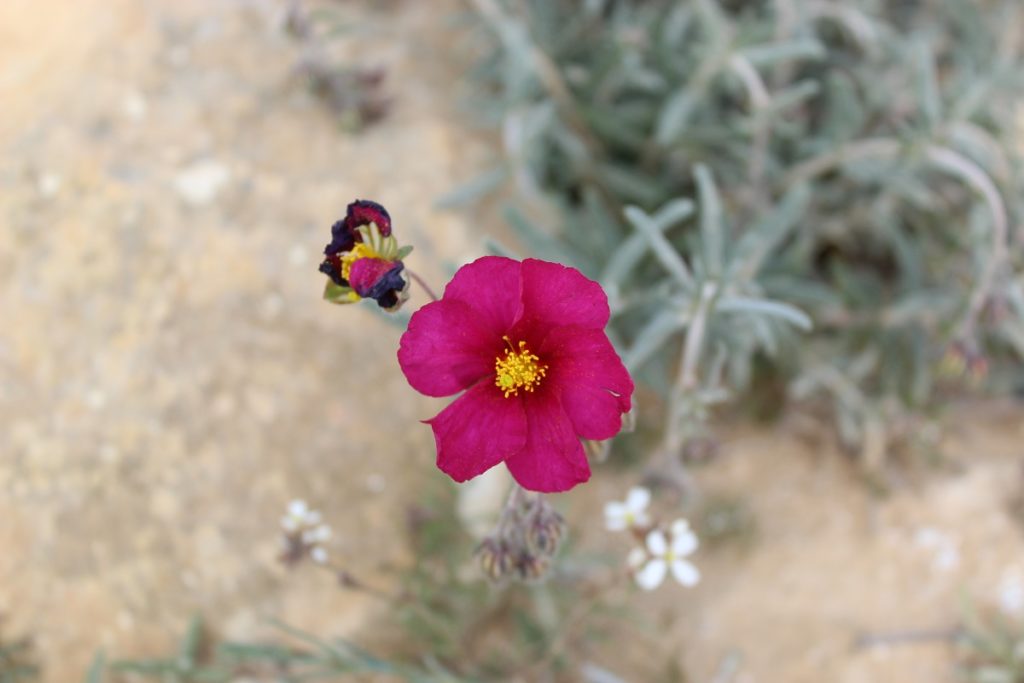
The queen of the show is the Tulipa Biflora which can only be seen in this area in Israel.
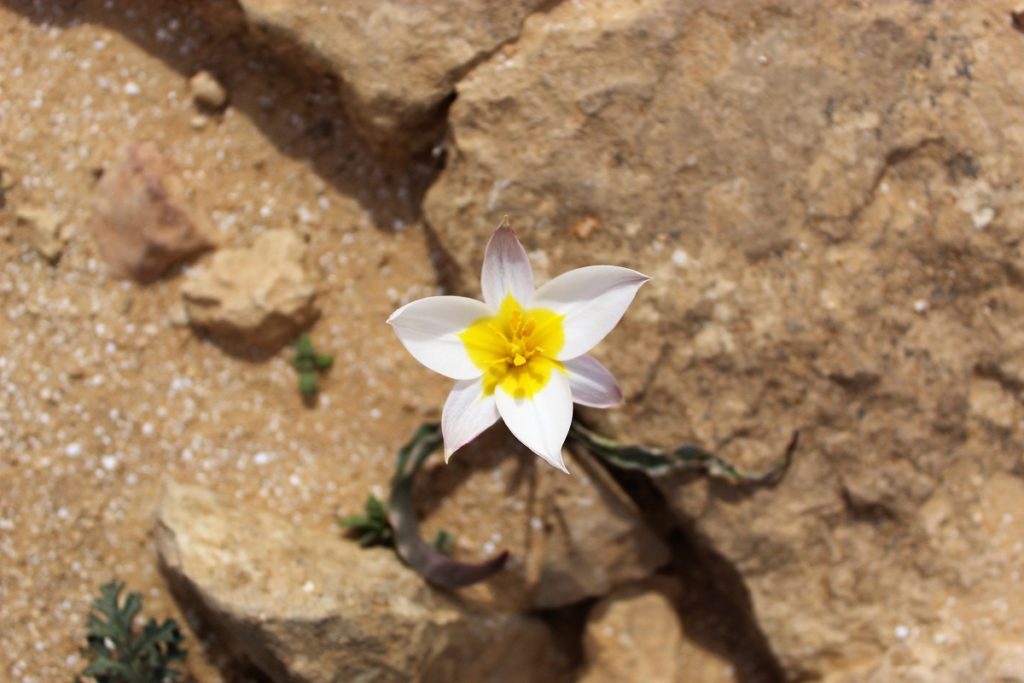
Therefore, February to April is the best time to go
But it is beautiful and interesting enough to be undertaken even when there are no flowers.
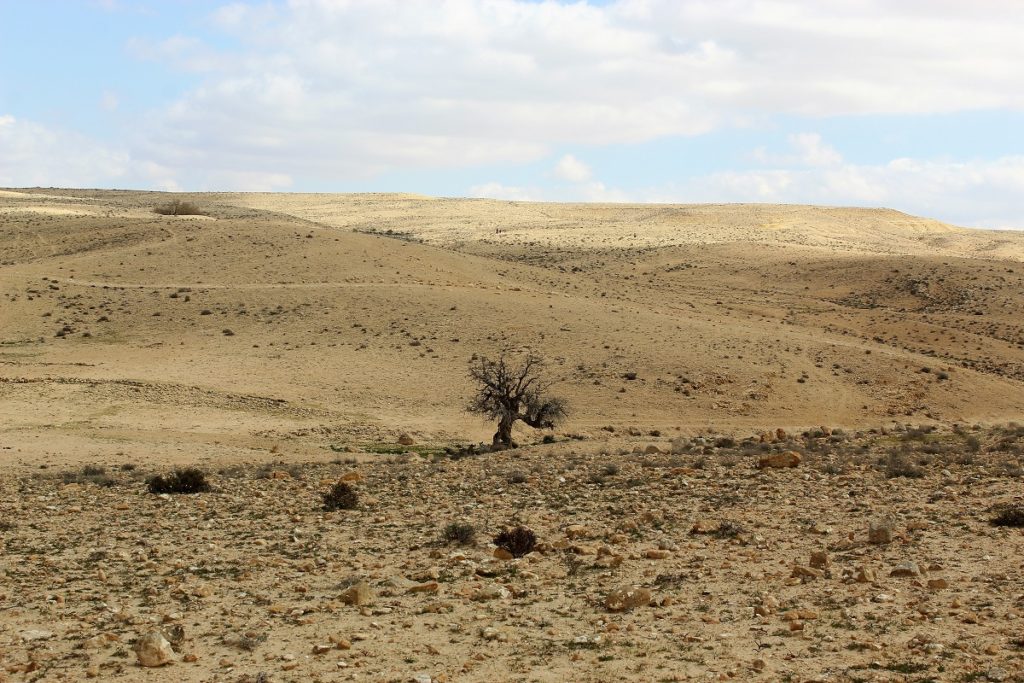
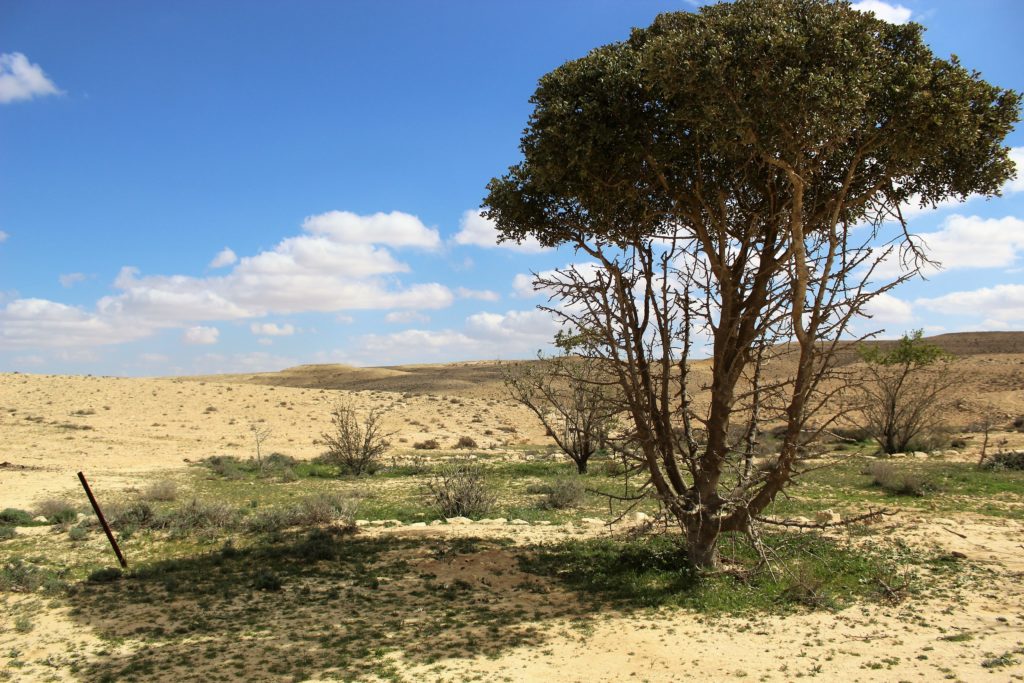
It is situated more than 900 meters above the sea level, which makes it pleasant even in the summer, in the morning or late afternoon .
And at night, because of its remoteness, there is zero light pollution, which makes it the ideal place in Israel to observe the heavenly firmament.
If you are up for another short hike, Mount Ramon (the summit of the Negev mountains at 1038 m) and the Karnei Ramon lookout over the western tip of the Ramon Crater are just a few minutes drive away.
This post is also available in:
 Français
Français
Author: Marion Krivine
French owner of Krivine Guesthouse in Midreshet Ben Gurion, together with my British husband John. A little piece of european greenery in the heart of the Negev Highlands, Israel. I have set out on this journey in order to provide our guests with the most accurate, up-to-date and comprehensive guide of the area. View all posts by Marion Krivine

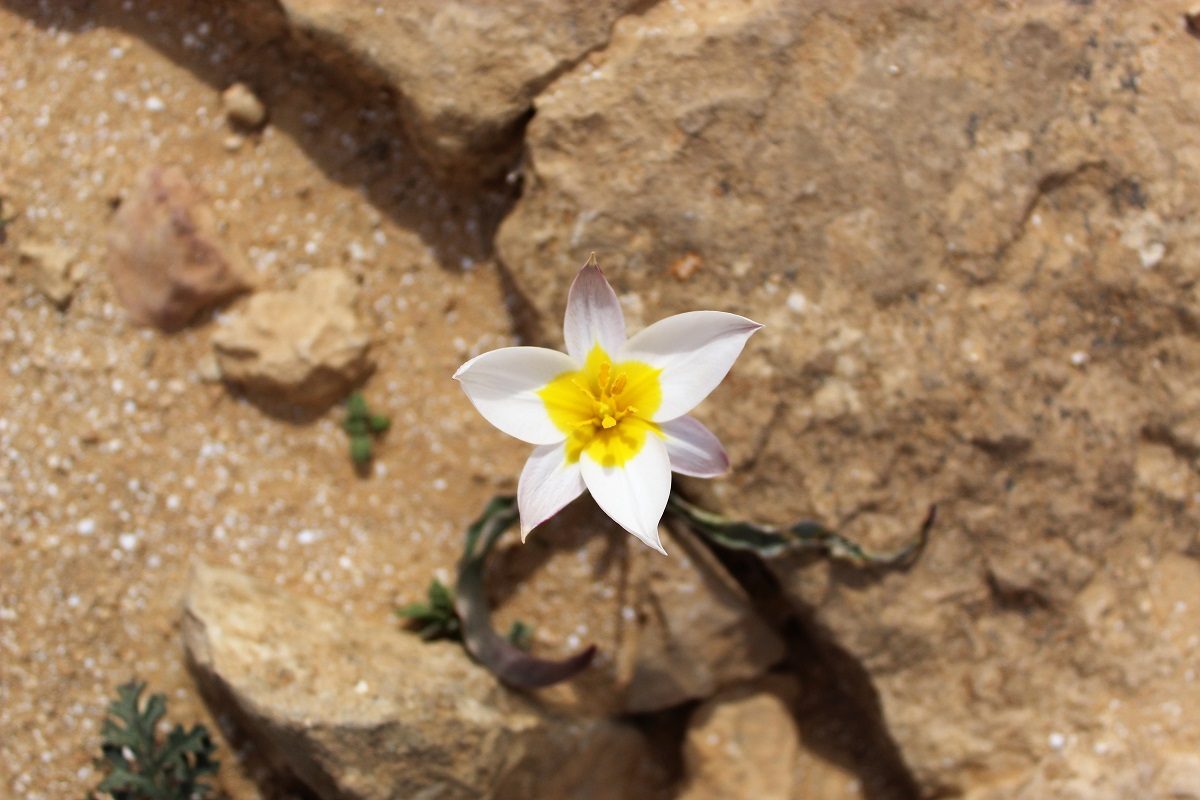

hi ! can you explain me how do i reserve a sit in borot camp?
Hi Yael,
Under normal circumstances, it is a free campsight. You just go there and pick a place for your tent. There are toilets on the site. Because of the conjunction of Corona regulations and many people wanting to come in August to the area to see the stars, it is best to call the National Parks and Nature Reserve to check if you need to make reservations.
https://www.parks.org.il/en/contact-us/
I hope this helps,
Marion